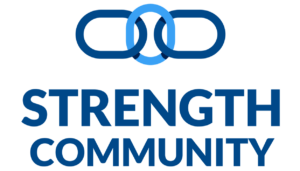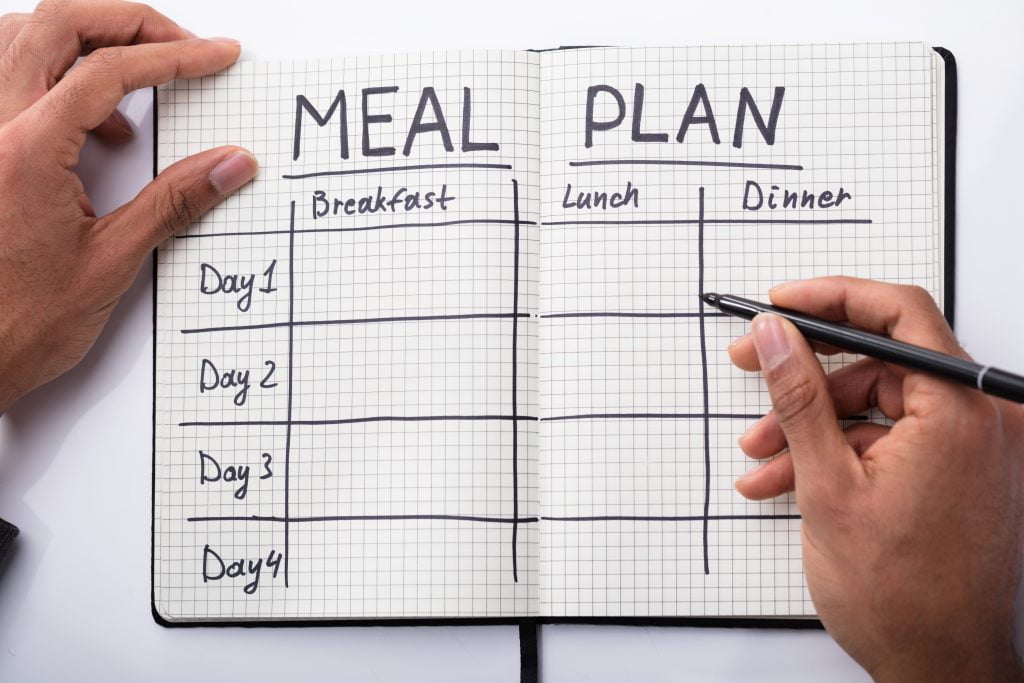In Part 1 of this article, I described the different types of diets and how they apply to different population. In the second part I’ll describe how I prescribe eating plans to my athletes and clients.
How do I prescribe eating plans to my athletes or clients?
As you should have already deducted, virtually everything is centered around insulin sensitivity and the fastest way to determine it, is measuring the subscapular site with a skinfold caliper. If that measurement is bellow 10 millimeters, the insulin sensitivity is good and if above 10 millimeters, the insulin sensitivity is not good. Now, don’t rush to buy a caliper and start measuring that site on every one of your clients. In that region, a lack of accuracy on the site (which is very common) can lead you to the wrong decision, possibly compromising the health of the person you are measuring. The best way to go is to attend the Metabolic Balance Class or to find a Certified Metabolic Balance Practitioner to fully measure you.
Once I measure the athlete/client, I can define which type of eating plan that person will do best on and I always keep two goals in mind: Improve insulin sensitivity and achieve metabolic flexibility.
Based on the above, I’m going to divide the subjects between insulin sensitive and non-insulin sensitive clients/athletes:
Insulin sensitive
Even though it seems to be the easiest, it involves important changes.
When I deal with an athlete/client with a high insulin sensitivity and lean enough, even though it might sound paradoxical, the first thing I address are the carbohydrates, because in general, this group of clients tend to rely on processed foods and ingredients that could hurt the GI tract, like gluten.
I make sure that the carbohydrates they consume maintain their blood sugar stable and provide added benefits like digestion resistant starches. Yuca and green plantain and great for this purpose. Also, I like carbohydrates that provide plenty of antioxidants, and organic berries will do that job.
For you as coach/trainer, it’s very important to realize that these changes will produce a profound effect in the health and body composition of the trainee.
Also, for this group, in general, the fats are the ones naturally contained in the food prescribed, along with certain supplements, like fish oil.
Having said that, not every person that has a good insulin sensitivity can start consuming carbohydrates and actually they’ll have to be restricted for 4 to 8 weeks in order to achieve proper ratios between the 3 insulin sites. I have seen clients with a good insulin sensitivity and the other 2 insulin related sites being way to high, which basically means that the use of carbohydrates was simply higher that their body’s ability to properly handle them. Of course, during those 4-8 weeks, healthy fats consumption must be increased.
Non-insulin sensitive
In general, about 90% of the people I initially prescribe eating plans to, have poor or need to improve their insulin sensitivity, and I’ll make a small parenthesis here to say that a good number of them recover their insulin sensitivity with time. I normally start them with a low carb, moderated protein and moderated fat diet (proteins, veggies and healthy fats) and I monitor their measurements continuously in order to understand how the insulin sensitivity and the other 13 sites improve. Of course, I also monitor insulin sensitive clients with the same frequency.
Here is important to mention that not every client will get below the 10 mm mark and it mainly has to do with genetics, so for them, a low carb life style is the way to go.
On those who reach a good insulin sensitivity, I reintroduce carbohydrates, and the best moment to do it is right after their training session. It’s very common to see a significant decrease in fat mass (-2 Kg.) and also a significant increase in muscle mass (3 Kg.) after reintroducing post-workout carbs in a few weeks. As it stands to reason, the monitoring continues in order to evaluate if it is possible to keep introducing carbs or not.
Some clients end up having very good insulin sensitivity to the point of being able to consume the right cabs in virtually every meal, with the exception of breakfast. Some other clients have a genetic profile that only allows them to have their carbs post-workout.
An interesting note here is that I have had clients that are so insulin sensitive, that they must have carbs in every single meal, particularly at breakfast, in order to feel good, maintain muscle mass and have a proper mental and physical performance.
Re-feed meal
No matter which type of eating habits my athletes/clients are following, they always have a re-feed meal, which is done normally every 5-7 days. What should they consume on that meal? Whatever they want! With time, they’ll find out which types of food are good for them and which ones hurt them. The whole point of this re-feed meal is to keep the metabolism up to par.
Foods to avoid
Those of you who have been part of this community already know that I firmly believe in individuality and everything I prescribe, from nutrition plans to training programs, is fully individualized. Having said that, there are certain foods that I believe everybody should avoid, and those are:
- Omega 6 fatty acids, and more specifically, seed oils. Those are the commercial oils you find on the supermarkets, like sunflower, canola, peanut, soy, corn, rapeseed, etc. I also include margarine in this list. These types of oils have shown to have a profound detrimental effect on the mitochondria.
- Sugar, fructose and artificial sweeteners. They damage the microbiome, negatively affect the reward center of the brain and can even create damage on glands and organs like the thyroid and the liver.
- Processed foods. Our digestive systems are meant to process what we eat and extract the nutrients, so giving anything that has been processed before it is consumed, can bring negative effects on the health of our digestive and endocrine systems. The only exceptions I have are olives, olive oil, coconut oil and ghee.
Some of you might be asking about the quantities, number of grams, macros, etc. I don’t prescribe them, unless the client is a fitness competitor that needs to reach extremely low levels of bodyfat. I prefer that my clients/athletes learn to listen and understand their bodies. The human body is utterly smart and if you listen to it, you’ll know exactly when to stop eating or when you need more food. Also, you’ll learn what is good for your body and what is not. The only recommendation I give is the minimum amount of protein per meal which is 20 grams. With this approach, I’ve had a good number of clients with low bodyfat percentages, 6% for males and 10% for females.
To summarize, my approach is health oriented and brings outstanding health benefits, teaches you to listen and understand your body and is intended to make life easier.
Coach Carlos Castro

